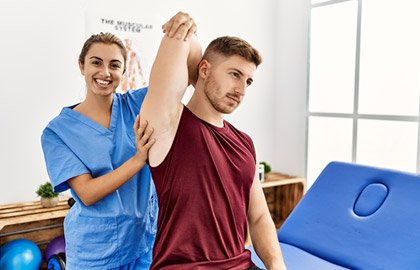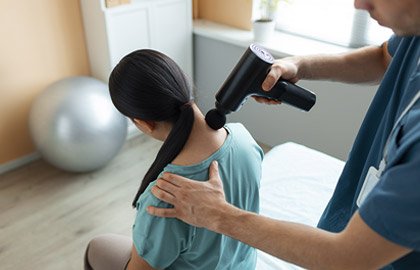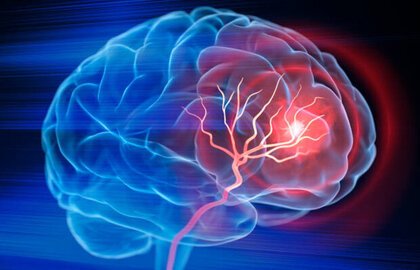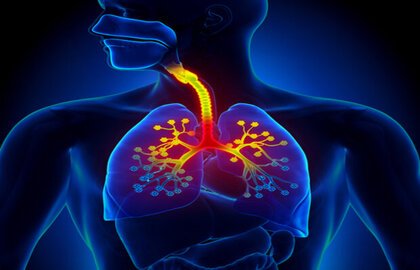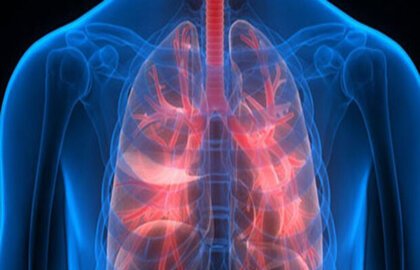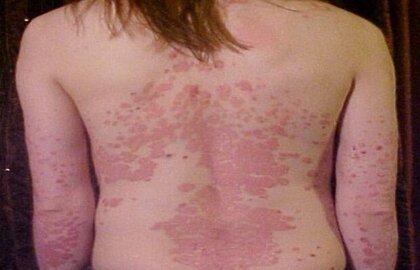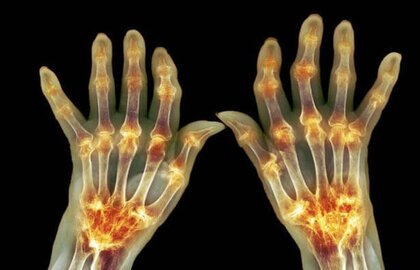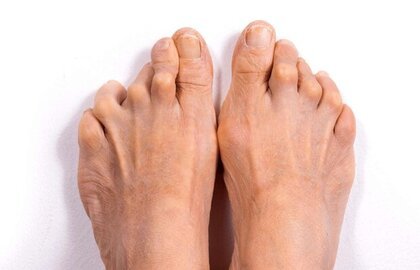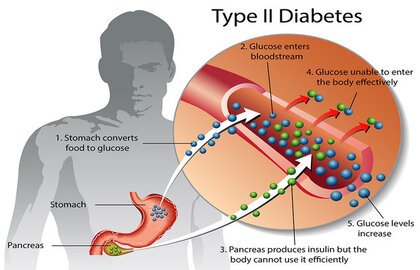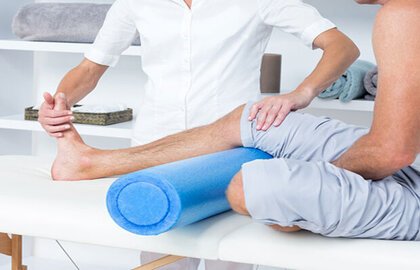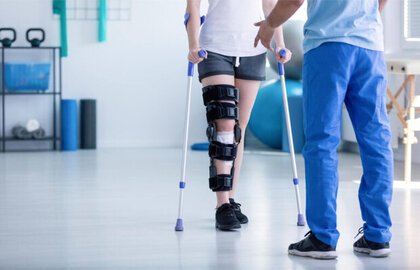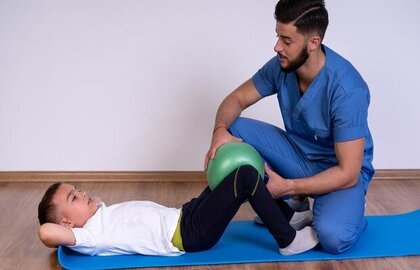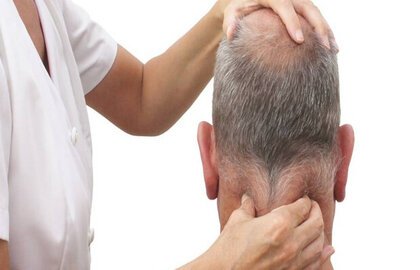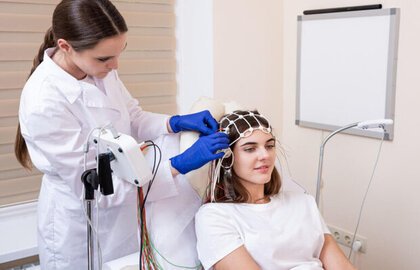Back Pain: Causes, Self Care and Home Exercise
Back pain affects 8 out of 10 people – “Eighty percent of us will experience back problems at some point in our lives“, says chief physiotherapist from Sofat Clinic and Physiotherapy. Across the globe low back pain causes more disability than any other condition, 1-2 causing hindrance in everyday life. We see patients who come to ReLiva Physiotherapy for back pain treatment, often report symptoms like pain in the upper back, lower back pain, left side back pain, right side back pain and back bone pain among others. Most of these backaches are muscular pain. In other cases, the back pain is due to a more specific spine problem like slipped disc, prolapsed disc, bulging disc or age-related disc degeneration – spondylosis and spondylitis. Whichever be the case, the line of treatment for back problem will depend upon its underlying cause.
Stroke Treatment: Life after Rehabilitation
Stroke is loss of brain function due to a disturbance in the blood supply to the brain. This disturbance is caused by either Ischemia (lack of blood flow) or Haemorrhage (rupture of blood vessels). Ischemia can be caused because of thrombosis (blood clot) blocking the flow of blood to brain and accounts to 80% of stroke cases. Stroke and Ischemic heart disease together form the most lethal disease in India, causing long lasting brain damage and debilitating disabilities among those who survive.
Respiratory Disorders
Respiratory disorders, or lung diseases, are disorders such as asthma, cystic fibrosis, emphysema, lung cancer, mesothelioma, pulmonary hypertension, and tuberculosis. If left untreated, lung disease can produce health complications, problematic symptoms, and life-threatening conditions. Lung disease is the third-leading cause of death in the United States, and lung disease and other breathing problems are leading causes of death in infants.
Skin Disorders
Skin disorders, such as acne and eczema, vary greatly in symptoms and severity. They can be temporary or permanent and may be painless or painful. Some can be life threatening. Skin conditions have a wide range of symptoms. Symptoms on your skin that appear due to common problems aren’t always the result of a skin disorder. Such symptoms can include blisters from new shoes or chafing from tight pants. However, skin problems with no obvious cause may indicate the presence of a skin disorder that requires treatment.
Rheumatoid Arthritis
Rheumatoid arthritis is a chronic inflammatory disorder that can affect more than just your joints. In some people, the condition can damage a wide variety of body systems, including the skin, eyes, lungs, heart and blood vessels. An autoimmune disorder, rheumatoid arthritis occurs when your immune system mistakenly attacks your own body's tissues. Unlike the wear-and-tear damage of osteoarthritis, rheumatoid arthritis affects the lining of your joints, causing a painful swelling that can eventually result in bone erosion and joint deformity.
Diabetes Mellitus 2
Type 2 diabetes is a condition that happens because of a problem in the way the body regulates and uses sugar as a fuel. That sugar also is called glucose. This long-term condition results in too much sugar circulating in the blood. Eventually, high blood sugar levels can lead to disorders of the circulatory, nervous and immune systems. In type 2 diabetes, there are primarily two problems. The pancreas does not produce enough insulin — a hormone that regulates the movement of sugar into the cells. And cells respond poorly to insulin and take in less sugar.
Orthopedic Physiotherapy
Orthopedic physiotherapy, also known as orthopedic physical therapy, is a specialized field that focuses on the assessment, treatment, and management of musculoskeletal conditions. This branch of physiotherapy is dedicated to restoring the optimal functioning of the musculoskeletal system, which includes bones, muscles, joints, ligaments, and tendons. Orthopedic physiotherapists are trained to diagnose and treat a wide range of conditions, including fractures, sprains and strains, joint pain, arthritis, back pain, and postural abnormalities.
Pediatric Physiotherapy
Pediatric physiotherapists work with children who experience some disruption in their development and their families. Typically pediatric physiotherapists will address motor issues, but their patients may also present with other impairments that affect cognition, language and psychosocial issues. When working with children with physical impairments or disabilities, the overall goal of the pediatric physiotherapist is to promote independence. Physiotherapists aim to help their clients / patients achieve developmentally appropriate functional skills, decrease the impact of an impairment, impart adaptive strategies, and educate the family and caregiver to ensure carryover.
Neurological Physiotherapy
Neurological physiotherapy involves rehabilitation of people with neurological conditions. Neurological conditions are problems with the brain, spinal cord or peripheral nerves. People with neurological conditions may have difficulties with their physical functions including mobility, muscle strength, range of movement and balance. Neurological physiotherapy is a type of rehabilitation offering examination and treatment of the physical problems that are caused by an individual’s neurological condition. Neurological Physiotherapy aims to increase the quality of life of people with neurological conditions through physical means. Every person with a neurological condition presents differently.
Frequently Asked Questions
1. Spine surgery: This subspecialty focuses on the treatment of conditions affecting the spinal column and its surrounding structures, such as herniated disks, scoliosis, and spinal tumors.
2. Sports medicine: This subspecialty focuses on the treatment of injuries related to physical activity and sports. This includes conditions such as ligament tears, muscle strains, and stress fractures.
3. Trauma: This subspecialty focuses on the treatment of injuries caused by accidents or other traumatic events, such as fractures, dislocations, and ligament tears.
4. Hand surgery: This subspecialty focuses on the treatment of conditions affecting the hand and upper extremities, such as carpal tunnel syndrome, trigger finger, and tendonitis.
5. Foot and ankle surgery: This subspecialty focuses on the treatment of conditions affecting the foot and ankle, such as bunions, hammertoes, and heel spurs.
6. Joint replacement: This subspecialty focuses on the surgical replacement of a damaged joint with an artificial one, such as knee and hip replacement
7. Pediatric orthopedics: This subspecialty focuses on the diagnosis and treatment of musculoskeletal problems in children, such as congenital deformities and developmental dysplasia of the hip.
8. Geriatric orthopedics: This subspecialty focuses on the diagnosis and treatment of musculoskeletal problems in older adults, such as osteoarthritis, osteoporosis, and age-related fractures.
These are some of the main subspecialties within orthopedics, but there are other areas of focus as well. Orthopedic doctors may specialize in one or more of these subspecialties, depending on their training and interests.
- A physiotherapist is a healthcare professional who is trained to assess and treat a wide range of conditions that affect the body's movement and function.
- They use physical techniques such as exercise, manual therapy, electrotherapy, and education to help patients regain strength, flexibility, and mobility, and manage pain and injury.
- On the other hand, an orthopedic is a medical doctor who specializes in the diagnosis, treatment, and management of conditions that affect the musculoskeletal system, which includes the bones, joints, muscles, tendons, ligaments, and other connective tissues.
- They may perform surgeries, prescribe medication, and refer patients to physiotherapists for rehabilitation.
In summary, a physiotherapist is a healthcare professional who specializes in the rehabilitation and management of musculoskeletal conditions through the use of physical techniques, while an orthopedic is a medical doctor who specializes in the diagnosis, treatment, and management of musculoskeletal conditions, including surgical intervention if necessary. Both professions work together to provide comprehensive care for patients with musculoskeletal conditions.

